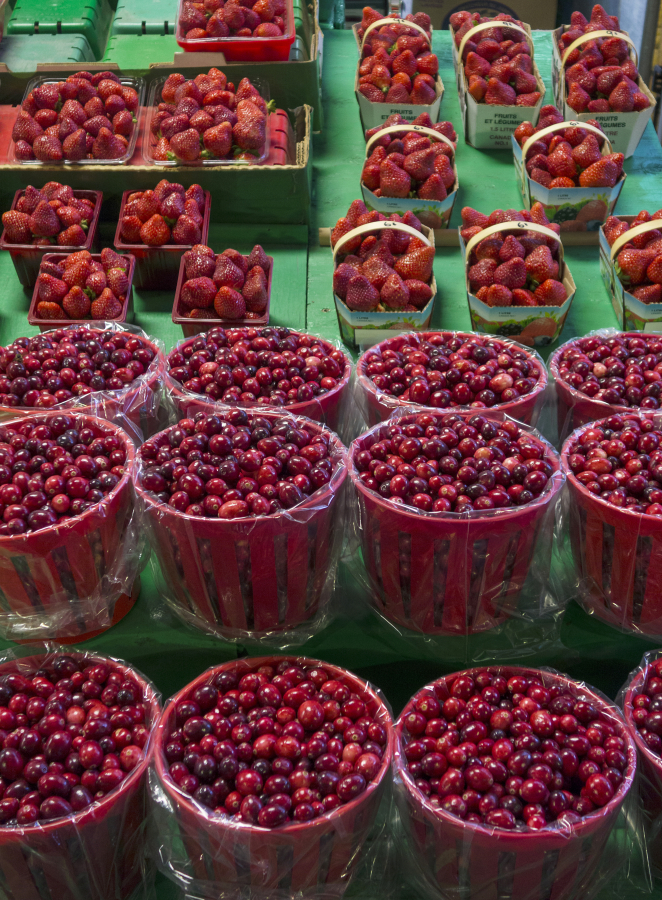Fall is here, which means the holiday season is just around the corner, so it’s time to start thinking about that all-American fruit the cranberry! Cranberries are traditionally served at holiday tables as cranberry sauce throughout North America, Canada and even England with turkey, but this berry has many more uses.
Cranberries are one of only three fruits native to North America and are related to bilberries, blueberries and huckleberries. Native Americans used cranberries as part of their diet in a variety of foods, such as pemmican, as well as using it as a medicine and dye long before the pilgrims arrived.
Cranberries are a wetland fruit found in sandy marches and bogs on low-growing vines throughout much of North America and Canada. Cultivation of the cranberry began around Cape Cod, Mass., in the early 1800s and spread to Wisconsin in the 1850s and the Pacific Northwest by the 1880s. Currently Wisconsin is the leader in producing cranberries in the U.S., followed by Massachusetts, New Jersey, Oregon and Washington. Cranberry farms are found along the coastal areas in Oregon and Washington and some offer tours. To learn more about cranberries visit the Pacific Coast Cranberry Research Foundation & Museum in Long Beach, or Bandon, Ore.
Fresh cranberry fruit is available from October through December, and is harvested from September through the first part of November. Fully mature fruit turns a distinctive deep red color. Choose fruit that is bright scarlet to dark red with a tight smooth skin. Occasionally you’ll find white or pale pink berries, these have had little exposure to the sun and are from lower branches. As long as they are firm they are good to use with the others. A cup of whole fresh cranberries has only 46 calories and 1/4 cup dried sweetened cranberries has 123 calories.



